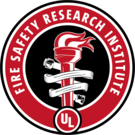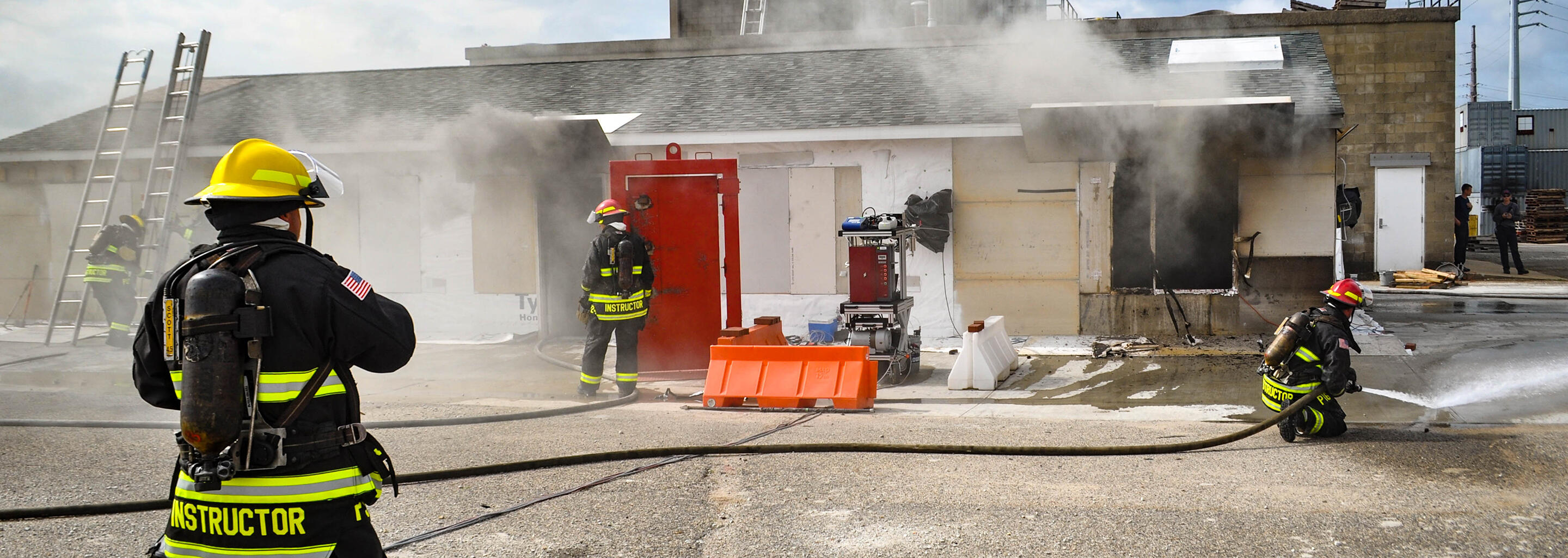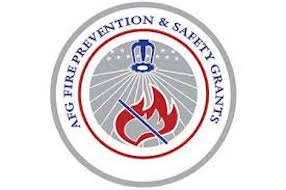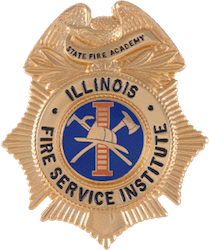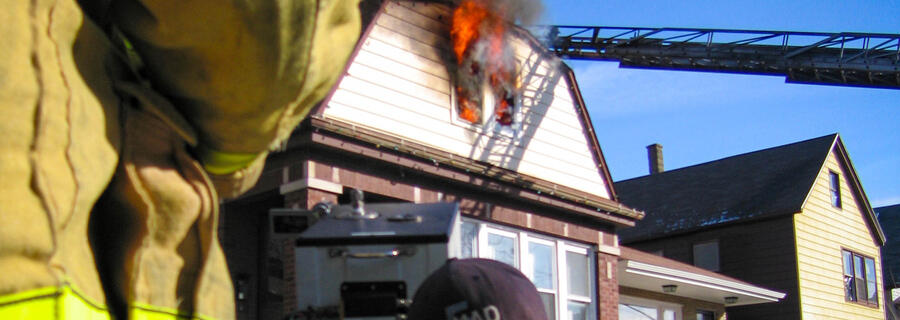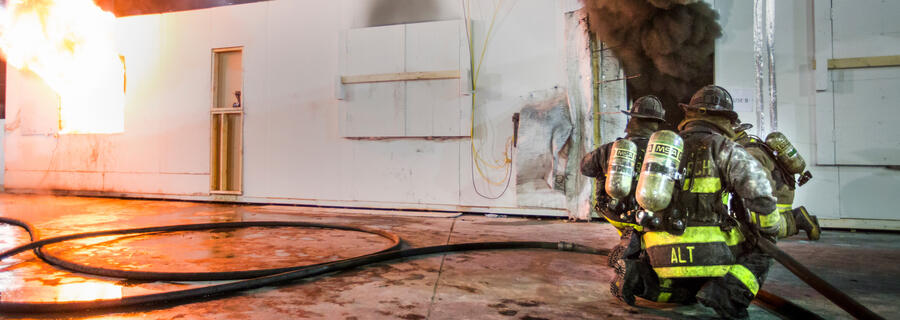Among the most pressing health concerns in the fire service are sudden cardiac events and firefighting-related cancers. However, relatively little fire safety information exists on the cumulative exposures firefighters face while working on the modern fireground and participating in firefighter training exercises.
The team for this study is rigorously processing, analyzing and synthesizing existing data on fireground exposures, recovery timelines and the the effectiveness of on-scene Personal Protective Equipment (PPE) and skin decon techniques.
In addition, the team is investigating cardiovascular and carcinogenic exposure during training fire scenarios. A specific area of focus is the fuels used in firefighter training, such as Oriented Strand Board (OSB) and theatrical smoke, to ensure that instructors and students aren’t being needlessly exposed to unacceptable risks.
The ultimate deliverable will be an educational toolkit that makes all this critical new data immediately useful for the fire service.
“This is the first time that we have had the opportunity to assess—in a comprehensive, efficient, yet safe manner—the thermal insult, chemical exposures and cardiovascular risks that firefighters face when responding to a residential structure fire in the 21st century. We studied the impact of firefighting tactics and fireground job function on exposure, but also the ability for skin cleaning and PPE decon to impact these risks. As we further examine research results, we will continue to lead the national discussion on ‘putting the firefighter back in service’”.
— Dr. Gavin Horn, Director for IFSI Research
To obtain the most meaningful results, the team re-created realistic conditions.
For the component of the study that focused on the modern fire environment, researchers constructed a fully-realistic modern structure—accurate down to the interior finishes, fuel loads and features. Twelve-member crews then fought fires in the structure. Safety systems and hardened construction techniques were incorporated to ensure participants’ safety.
The team also re-created several realistic firefighter safety training scenarios, including pallets and straw in a concrete building, pallets and OSB in a steel container system, and theatrical smoke and simulated fire in a training prop. Four-member crews participating in three different evolutions, and five-member instructor cadres participated in six evolutions.
During this fire safety study, the team measured:
- The production and transfer of thermal energy as well as the magnitude and composition of gasses and particles in the fire environment,
- Contamination of firefighters’ personal protective equipment and skin,
- Absorption of that contamination into the firefighters’ bodies
- How these variables were influenced by tactical decisions (interior only vs. transitional attack) and operating locations (interior fire suppression exterior operations vs. interior overhaul)
Researchers also examined cardiovascular responses to firefighting and to specific firefighting tactics and operating location by assessing ECG responses, blood chemistry and coagulatory measures, and vascular responses during and up to 12 hours following firefighting.
